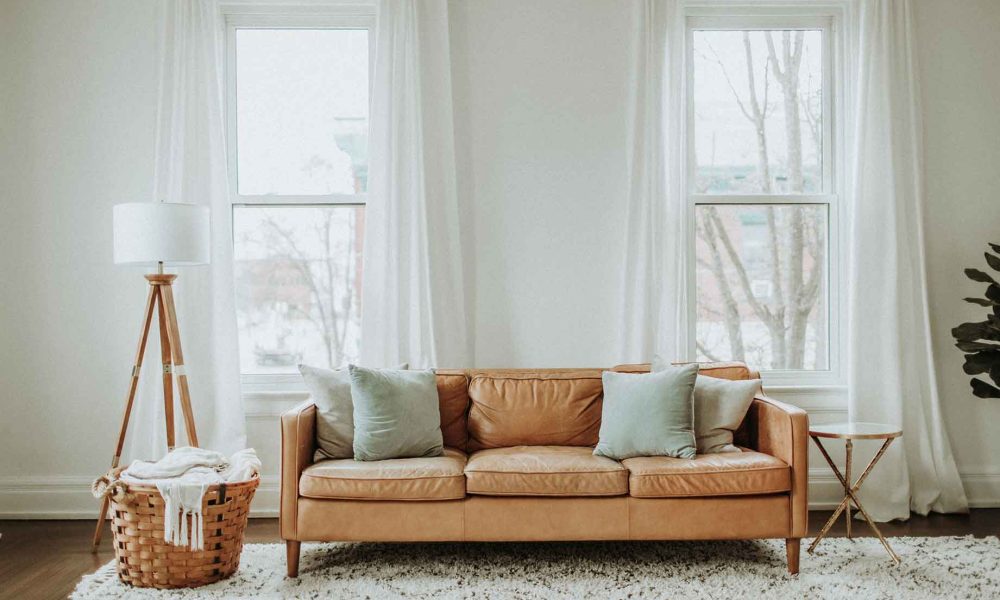Very loud and annoying sounds can disrupt the peace of any home. However, noise disturbance is mostly felt in homes close to a bustling city, highway, construction site, or in a vicinity where there are loud household pets. In other words, the closer a home is to the city the higher the level of noise pollution suffered.
So if you stay close to the city, there is a need to look for ways to help your home become quieter. Thankfully, we now have noise-reducing windows that can help with this.
These Noise-reducing windows will help increase the sound resistance of your home by reducing those loud unwanted sounds that come from outside. You can find out more about them from experts like Maverick Windows.

Meanwhile, here we will also talk about how these noise-reducing windows work and the features to look out for in your selection process.
How Do These Noise Reduction Windows Work?
Since noise travels either by air or through materials, it can either be absorbed, reflected, or minimized. Noise-reducing windows slow down the transfer of sound waves coming from any of these mediums.
To make a noise-reducing window, window makers may adjust the air space within the glass, mix the thickness of the glass, or add extra panes of glass. The proper use of these varying features is very important in the efficiency of a sound-reducing window.
Noise is measured in two ways, either by OITC (Outdoor/Indoor transmission) or STC (Sound Transmission Class). In recent times, the STC ratings of average shielding widows are around 18 to 38.
If more windowpanes are added, the shielding or insulation layer of the window is increased, which can help reduce noises coming from outside. The use of superior materials like lab-tested weatherstripping on a window also increases its noise-reducing performance
Other features that increase noise-reducing performance in Windows include:
- Low U-factor
- Built-in blind
- Special coating
- Acoustic rating
- Noise-canceling feature
However, alongside the features of a window, there’s also that need for appropriate installation. It is very crucial in enhancing the window’s noise-reducing performance. The right installation of a window allows airtight seals as well as keeping the noise from coming in.
Also Read: What You Should Know About Water Damage?
Differences between Single-Pane, Double-Pane, and Triple-Pane Windows
Single Pane
Single-pane windows are the least among all of the window design types. Their STC rating is around 18 to 26, which means they have the lowest number of materials that can reduce, absorb or slow down sound waves from passing through. This means buying this kind of window design will allow some noise into your home.
Double-Pane
They are also known as dual-pane windows and have STC ratings around 16-32. Dual-pane windows feature two panes of 3mm glass which makes their insulation layer doubled. This kind of window design will allow lesser noise into your home.
Triple-Pane
These are the best option for sound-reducing windows. Their STC rating is around 48-54, and they can reduce up to 53% more noise than single-pane windows. Triple-pane windows are a good option for your bedroom as they’ll help you have quality nap time and especially reduce noise from a neighbor’s barking dog.
There’s also the option of a mixed-millimeter glass-designed window where you can have different window pane features optimized together. The varying thickness of these designs joined together will help reduce different sounds at different frequencies.
How Much Does Noise Reduction Windows Cost?
As a rough estimate, you can expect to spend about $350 to $1300 for noise-reducing windows asides from the cost of installation. However, it isn’t easy to have an exact estimate of how much they will cost without a professional assessment of your home.
The cost of either replacing old or purchasing new noise-reducing windows will depend on different variables, which include the style of the window, the kind of glass used, the cost of installation, the number of windows, and the size of the frames or windows.
Also Read: How to Recycle Large and Small Kitchen Appliances?
Would You Need Professionals to Install Noise Reduction Windows
As earlier stated, an important factor that increases a window’s high noise reduction performance is how it is installed. As such, it’s not a DIY project, except it’s your area of expertise. If not, you’ll need an experienced window installer with the proper installation tools to carry out this task.
Installing a window is also labor-intensive, which means it requires adequate man-power. A professional installer is not just trained to install these windows properly but will help recommend the best kind of window feature that will provide the kind of results you need.
There’s also the factor of window installation regulations guiding your area that they are familiar with. Professional installers would not just get it done the appropriate way but also the legal way.
Whether you are planning to replace your old windows with noise-reduction windows or get them for your new home, they can help create a serene and relaxing environment in your home. It’s also wise to contact professional installers to help you with window suggestion features suitable for your home and in the installation process.











+ There are no comments
Add yours